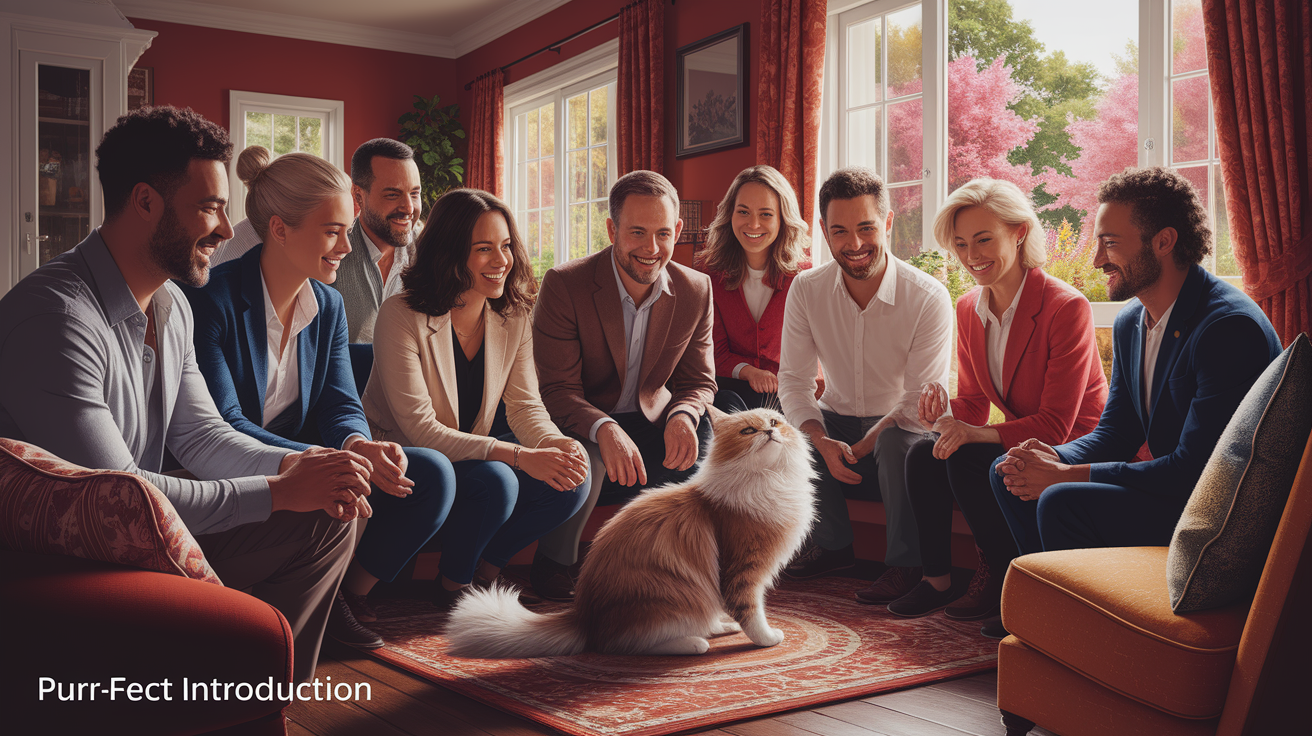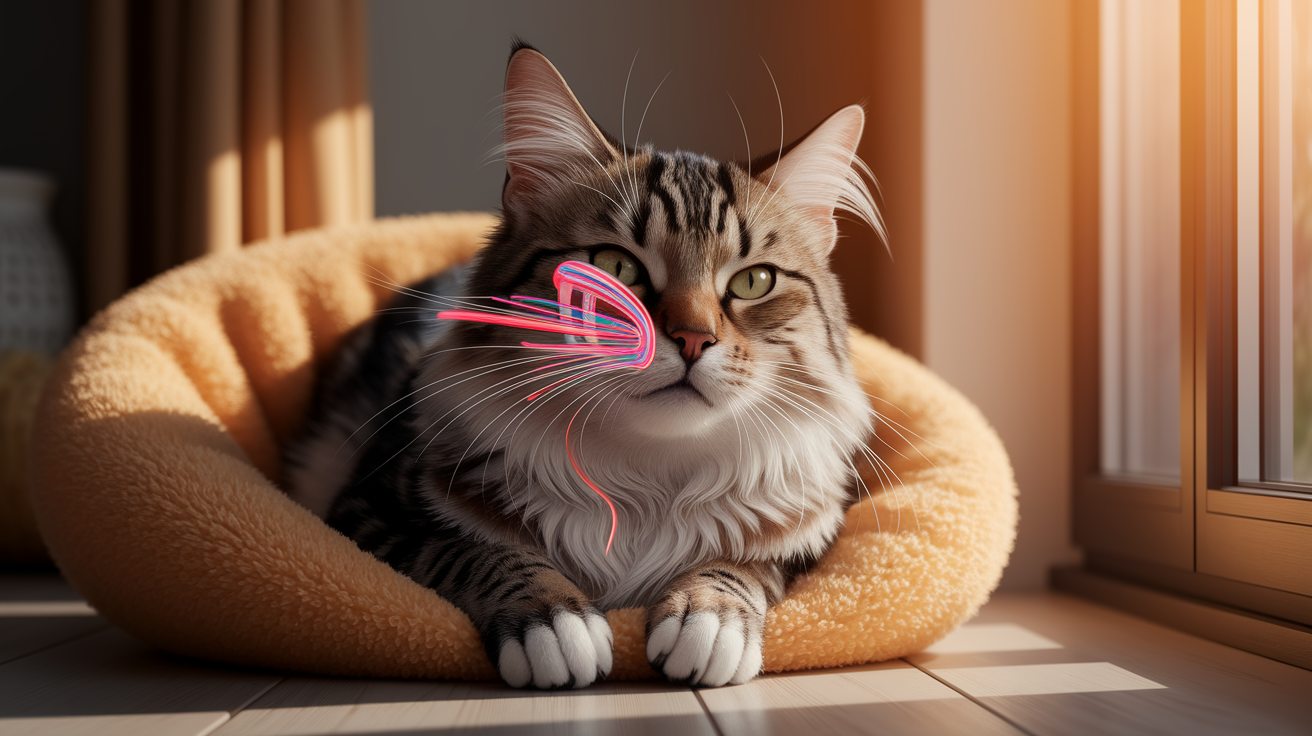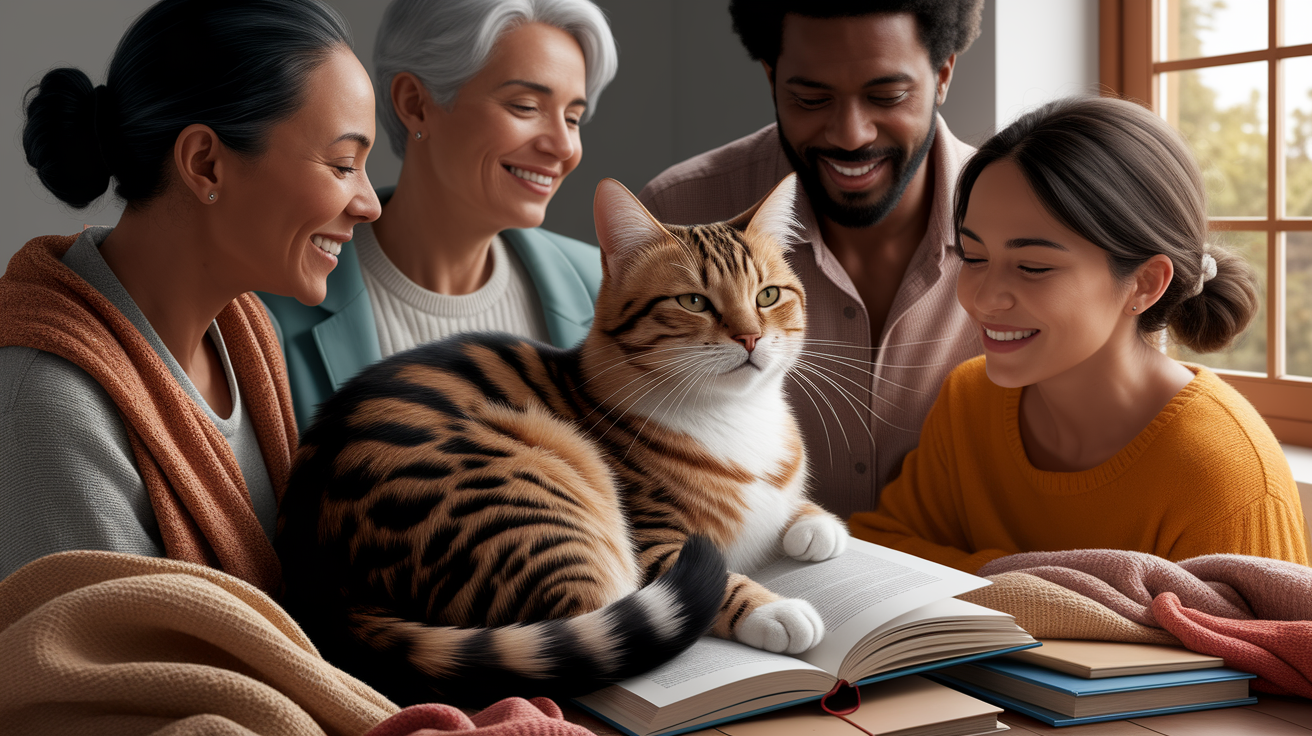Quick Answer: Cats purr by rhythmically contracting and relaxing special throat muscles, creating gentle vibrations during both inhaling and exhaling. They do this for many reasons—from showing contentment to soothing themselves, aiding in healing, and even communicating with humans.
Purr-fect Introduction
Cat purring is one of the most recognizable and heartwarming sounds in the animal world. Unlike other feline vocalizations such as meows or hisses, purring happens during both breathing in and breathing out. This makes it a continuous, low-pitched hum that has fascinated scientists and pet owners alike.

While we often think a purr means happiness, cats will also purr in more complex situations—such as when they are stressed, in pain, or seeking comfort. Understanding the mechanics and meaning behind the purr opens a fascinating window into cat communication and cat psychology.
How Cats Produce Their Purr
The mechanics of purring are a beautiful blend of anatomy and vibration. Studies have shown that:

- Purring begins when a cat signals its brain to encourage the rapid contraction and relaxation of the laryngeal muscles.
- This movement controls the opening and closing of the glottis (the space between the vocal cords), resulting in vibrations.
- Fatty pads in the vocal cords enhance these vibrations, allowing the sound to occur at low frequencies—usually between 25 and 150 Hz.
Interestingly, recent findings suggest purring can be surprisingly passive; once started, it may not need ongoing intense brain control. This could be why cats seem able to purr for long stretches without effort.
Purring as a Social Signal
Purring is an important part of cat communication with both felines and humans. Cats may purr:

- During friendly social interactions like grooming or cuddling.
- To signal comfort and trust toward their human companions.
- As a request, often accompanied by a special “soliciting purr” when they want food or attention.
Kittens start purring within days of birth, which may help them bond with their mother and guide her attention—making it an essential social signal in feline behavior from the very start.
Self-Soothing and Healing Benefits
Purring isn’t only about communication; it can benefit a cat’s body too. The frequency range of purr vibrations—25 to 150 Hz—has been linked to therapeutic effects. According to veterinary science research:

- Purring can promote healing in bones and tissues.
- It may reduce pain and inflammation.
- It can serve as a form of self-soothing during stress or anxiety.
This concept, sometimes referred to as purr therapy, suggests a cat’s built-in vibration system is a natural wellness tool—almost like having a tiny, furry physiotherapist at work inside their own bodies.
The Purr’s Human Impact
Humans respond to cat purring in powerful ways. Not only is the sound comforting, but research from veterinary clinics suggests potential health benefits for us too:

- Purring can help lower stress by encouraging relaxation.
- The low-frequency vibrations may assist in healing bones and tissues in humans, much like they do in cats.
- It enhances emotional bonding between pet and owner, improving overall well-being.
This explains why sitting with a calmly purring cat feels so restorative—it’s more than warmth and affection; it could be light physical therapy humming in the background.
Conclusion: A Purr-spective on Cat Communication
From simple joy to subtle healing, the purr is a multi-purpose marvel of cat anatomy and feline communication. It’s part happy greeting, part self-care ritual, and part cross-species comfort signal. When your cat curls up beside you, vibrating gently, they’re sharing both a piece of their inner world and possibly a little health boost too.
Next time you hear that soothing hum, you’ll know it’s more than just a sign your cat is content—it’s a sophisticated form of communication and wellness built right into their bodies.













